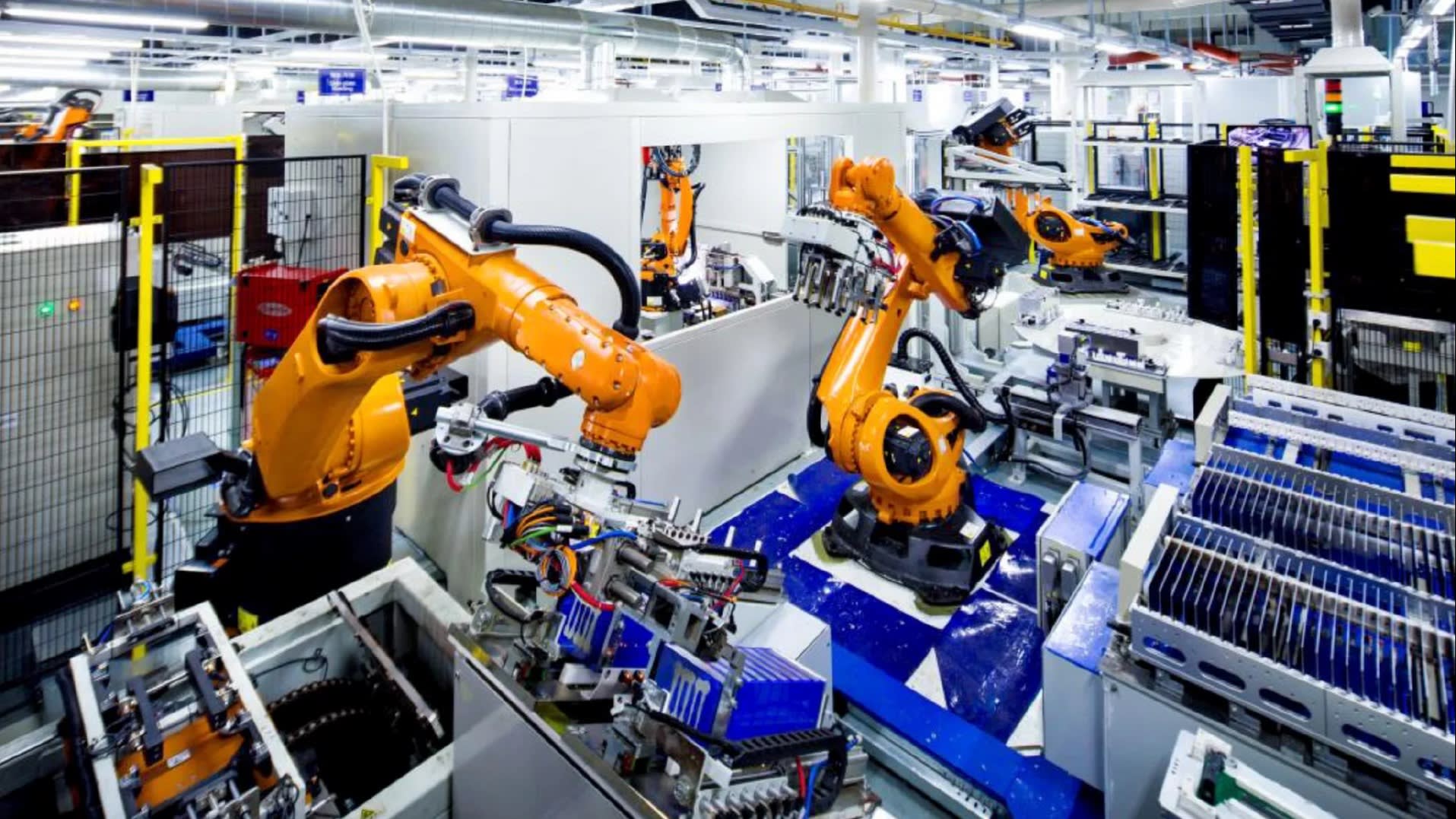Last week exciting news of the agreement reached by the Chinese manufacturer CATL, and Tesla, for the production of batteries was published. An important step forward that will reduce production costs thanks to the use of a new cathode that will make it possible to equalize costs compared to combustion vehicles.
Now according to Reuters, from CATL, it has been indicated that the cost reduction maybe even more significant than initially estimated. Internal sources from the manufacturer have given hopeful figures.
These cobalt-free cells will use, as we recall, the chemistry of lithium-ferrophosphate (LiFePO4). According to Reuters, these would have been below $80 per kWh in the pack and $60 per kWh in the cell.
If these figures were confirmed, it would mean that CATL and Tesla would have managed to reach numbers economically, not only capable of allowing the development of electric cars with prices similar to those of combustion models, but also significantly ahead of the competition.
For example, in the recent presentation of General Motors and LG’s collaboration, it was indicated as a goal to achieve $100 per kWh by 2025. A date that clearly will have to be revised so as not to be left behind.
Thanks to this agreement, CATL will supply lithium-ferrophosphate batteries to Tesla, which will be cheaper than the current ones “in a double-digit percentage,” according to a person directly involved in the negotiations. Something that means in addition to more affordable technology, they will be able to access batteries with longer useful life. Giving it a high potential for reuse in other sectors such as stationary storage once their useful life in vehicles has ended. Something that allows you to reduce your emissions footprint.
Now the question is when. When will CATL begin to produce these inexpensive batteries? Batteries that will undoubtedly revolutionize the automotive sector and give a boost to the chemistry that has been with us for many years but was burdened by its low energy density. Something that seems to be being solved will allow us to offer an economical and durable product that should start to leave the assembly lines this year.

